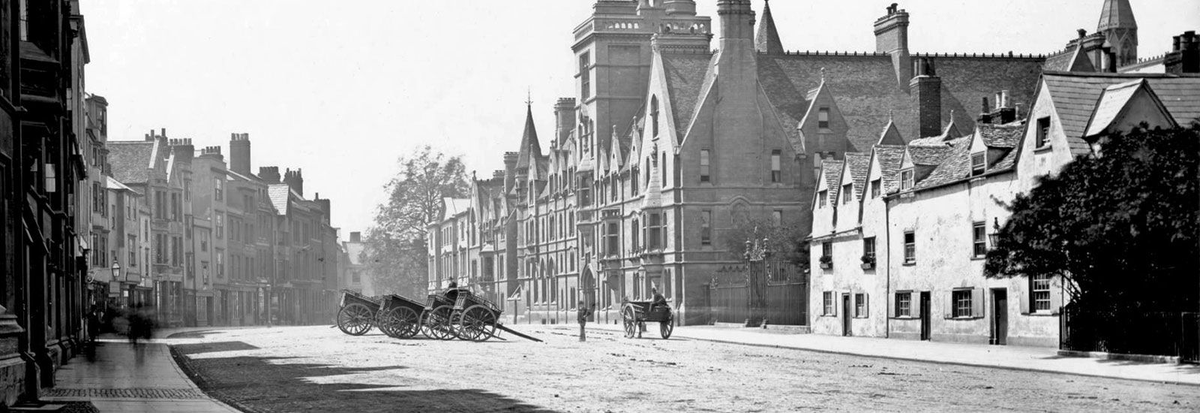
On this day (14th February) in 1483, the first Mughal emperor Babur was born. 14th February is also marked as an official cultural day in Uzbekistan celebrating the birth anniversary of Babur. This day is known as Babur Day. 

During Babur Day, multiple events are conducted that are attended by celebrities, high ranking officials and students. 

Musicians sing songs inspired by music pieces commissioned by Babur, poetry written by Babur is recited, painting competitions are held and theatre performances on Babur's life is acted. 

@HachetteIndia @Timurid_Mughal @BiruniKhorasan @AudreyTruschke @DalrympleWill @UnamPillai @AKanisetti @mukhoty @MongolsSilkRoad #ZacSangeeth #WorldHistoryin3Points #Mughals #Mughal #MughalEmpire #Babur #BoburDay #Baburnama
History is fun! Buy today amzn.to/3HKBZGI
@threadreaderapp unroll
• • •
Missing some Tweet in this thread? You can try to
force a refresh





























